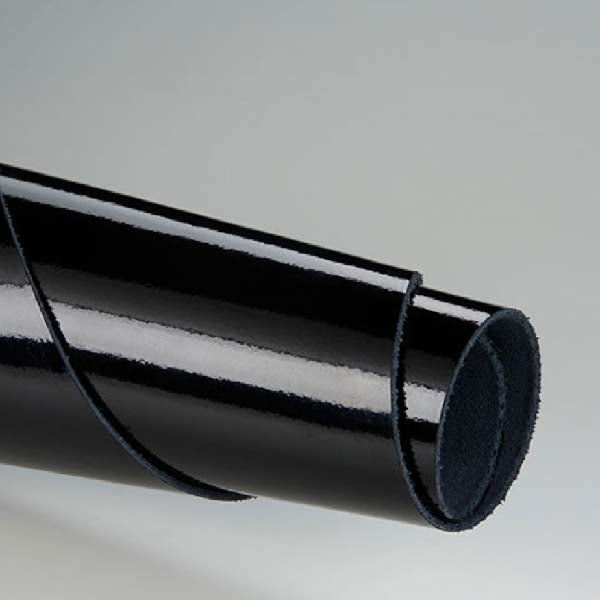About Us
History & Heritage
At Birkenstock, tradition, and heritage are important hallmarks of a brand that dates back centuries. Birkenstock is deeply rooted in the fine art of crafting premium quality shoes that are good for you. Since 1774, Birkenstock has passed this commitment down from one generation to the next. The result is the absolute best in quality, comfort, and support.

In 1774 Johann Adam Birkenstock was listed as a ‘shoemaker’ in the church archives in Langen-Bergheim, Germany. In 1896, Johann's great-great-grandson Konrad Birkenstock developed the first contoured insole for use by shoemakers in the production of custom footwear.
In 1774 Johann Adam Birkenstock was listed as a ‘shoemaker’ in the church archives in Langen-Bergheim, Germany. In 1896, Johann's great-great-grandson Konrad Birkenstock developed the first contoured insole for use by shoemakers in the production of custom footwear.
In 1925 the company was expanded by buying a large factory in Friedberg, Hesse. After (1939–1945) the Birkenstock sandal became popular among returning soldiers because of orthopedic support.
When it was 1963, Karl Birkenstock released his first athletic sandal with a flexible footbed called Madrid. It soon becomes popular with gymnasts.
In 1774 Johann Adam Birkenstock was listed as a ‘shoemaker’ in the church archives in Langen-Bergheim, Germany. In 1896, Johann's great-great-grandson Konrad Birkenstock developed the first contoured insole for use by shoemakers in the production of custom footwear.
THE SOFT FOOTBED

THE SOFT FOOTBED
05 | FOAM INSERT
The soft footbed is padded with an anatomically shaped foam insert. This insert contains millions of tiny air bubbles that help provide an especially comfortable experience.
OUR CLASSIC MODELS WITH THE SOFT FOOTBED
NATURAL CORK – A SUSTAINABLE RAW MATERIAL
The original BIRKENSTOCK footbed is the heart of all our models. While today it is synonymous with exceptional comfort, the word “footbed” was first used by BIRKENSTOCK in the 1930s to describe anatomically shaped inner soles with special support elements.

The cork is obtained from the bark layer of the cork oak. At least five centimeters of thick bark is stripped from the cork oak – a process that, depending on weather conditions, can only be repeated every seven to nine years. A single tree can provide 100 to 200 kilograms of cork during its life. To ensure that the cork is hygienically clean, the bark that has been removed is cooked thoroughly in tanks. It is then cut into strips that will be used to punch the bottle corks.
PREMIUM MATERIALS
BIRKENSTOCK uses high-quality types of leather, carefully selected textiles and synthetic/blended fabrics to produce sandals and shoes. All materials are produced responsibly and continuously monitored to ensure they are kind to skin. Leather is one of the most robust natural materials used in traditional shoe manufacturing. BIRKENSTOCK uses very high-quality, especially thick, unsplit leather.
BIRKENSTOCK AND SUSTAINABILITY
The protection of our natural resources is one of the most pressing issues of our time. We are committed to environmentally friendly operations. For us, sustainability is not a marketing-driven fad, but rather an expression of our corporate ethos. Environmental protection has long been paramount at BIRKENSTOCK. We constantly work to improve production processes, products, packaging and logistics.
Thanks to their durability, our products are sustainable by nature. A high proportion of the natural materials that we use are from sustainable sources: cork, natural latex, jute, leather, wool felt, copper and brass are among our most important materials.

One of our most important raw materials is cork – a natural and sustainable product that boasts high elasticity, outstanding cushioning, and excellent heat and sound insulation. The cork layer is reproduced and can therefore be harvested again and again without harming the tree.
The cork is obtained from the bark layer of the cork oak. At least five centimeters of thick bark is stripped from the cork oak – a process that, depending on weather conditions, can only be repeated every seven to nine years. A single tree can provide 100 to 200 kilograms of cork during its life. To ensure that the cork is hygienically clean, the bark that has been removed is cooked thoroughly in tanks. It is then cut into strips that will be used to punch the bottle corks.
MAKE IT A COLOURFUL SUMMER

MAKE IT A COLOURFUL SUMMER
The comfortableness you know from BIRKENSTOCK combined with waterproof functionality so you can make this summer more colourful.

The comfortableness you know from Birkenstock combined with Waterproof functionality so you can make this summer more colourful.
✔ Secure online payments
✔ Free delivery on orders of R1 000+
✔ Free Returns











